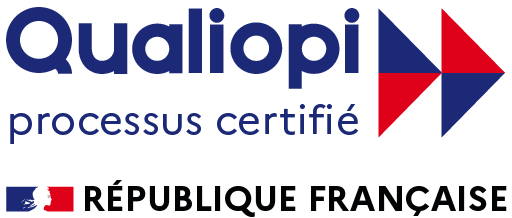Arora RC, Wischmeyer PE, Singal RK.Extracorporeal membrane oxygenation postcardiotomy: ‘‘With great power comes great responsibility’’. J Thorac Cardiovasc Surg. 2017;153:102-3.
Whitman GJR. Extracorporeal membrane oxygenation for the treatment of postcardiotomy shock. J Thorac Cardiovasc Surg. 2017;153:95-101.
The SAVE Score has been developed by ELSO and The Department of Intensive Care at The Alfred Hospital, Melbourne.
It is designed to assist prediction of survival for adult patients undergoing Extra-Corporeal Membrane Oxygenation for refractory cardiogenic shock. It should not be considered a substitute for clinical assessment.
For more information see: Predicting survival after ECMO for refractory cardiogenic shock: the survival after veno-arterial-ECMO (SAVE)-score
Le syndrome d’Harlequin en ECMO revisité par une équipe de Pékin
Superior vena cava drainage improves upper body oxygenation during veno-arterial extracorporeal membrane oxygenation in sheep
Xiaotong Hou et al.
Introduction
Differential hypoxia is a pivotal problem in patients with femoral veno-arterial (VA) extracorporeal membrane oxygenation (ECMO) support. Despite recognition of differential hypoxia and attempts to deliver more oxygenated blood to the upper body, the mechanism of differential hypoxia as well as prevention strategies have not been well investigated.
Methods
We used a sheep model of acute respiratory failure that was supported with femoral VA ECMO from the inferior vena cava to the femoral artery (IVC-FA), ECMO from the superior vena cava to the FA (SVC-FA), ECMO from the IVC to the carotid artery (IVC-CA) and ECMO with an additional return cannula to the internal jugular vein based on the femoral VA ECMO (FA-IJV). Angiography and blood gas analyses were performed.
Results
With IVC-FA, blood oxygen saturation (SO2) of the IVC (83.6 ± 0.8%) was higher than that of the SVC (40.3 ± 1.0%). Oxygen-rich blood was drained back to the ECMO circuit and poorly oxygenated blood in the SVC entered the right atrium (RA). SVC-FA achieved oxygen-rich blood return from the IVC to the RA without shifting the arterial cannulation. Subsequently, SO2 of the SVC and the pulmonary artery increased (70.4 ± 1.0% and 73.4 ± 1.1%, respectively). Compared with IVC-FA, a lesser difference in venous oxygen return and attenuated differential hypoxia were observed with IVC-CA and FA-IJV.
Conclusions
Differential venous oxygen return is a key factor in the etiology of differential hypoxia in VA ECMO. With knowledge of this mechanism, we can apply better cannula configurations in clinical practice.
 Commentaire : Disrupting differential hypoxia in peripheral veno-arterial extracorporeal membrane oxygenation Matthew Cove Critical Care 2015, 19:280 (22 July 2015)
Commentaire : Disrupting differential hypoxia in peripheral veno-arterial extracorporeal membrane oxygenation Matthew Cove Critical Care 2015, 19:280 (22 July 2015)


